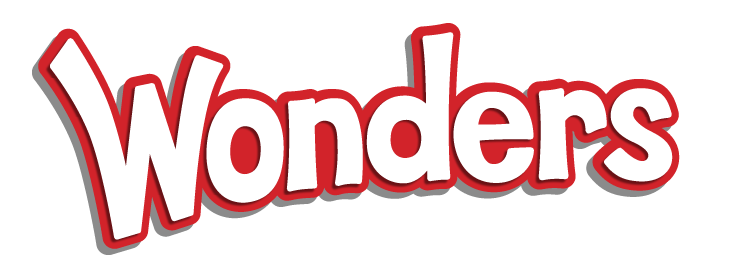My Account Details
A Peek Inside Our Bookbag
What's New at McGraw Hill
Explore the articles below to see what's new at McGraw Hill!

FEATURED ARTICLE
A closer look at enhancements to Open Court Reading




FEATURED ARTICLE
A closer look at enhancements to Open Court Reading


